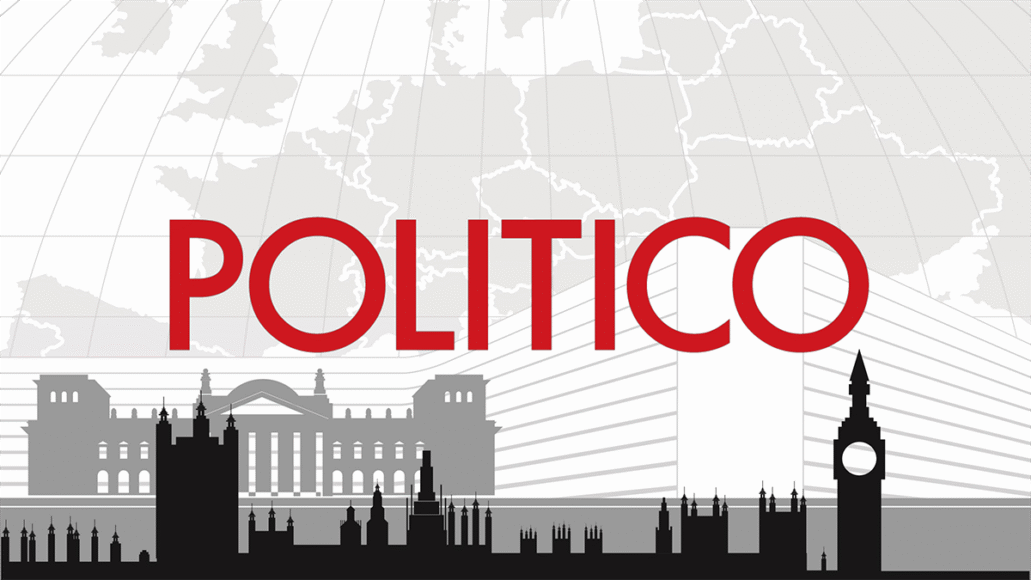Germany faces challenges as it plans to continue spending next year to boost growth, with reductions expected later. This comes amid threats to its export-driven economy from China and the need for Chancellor Friedrich Merz’s coalition to implement reforms. Both Berlin and Brussels are taking significant risks.
France is dealing with a budget crisis and is uncertain about adopting the 2026 budget by year-end. Despite this, Brussels isn’t overly concerned, as France received an EDP warning in 2023. The Commission found France’s budget plans compliant and urged continued efforts. However, Prime Minister Sébastien Lecornu’s aim to reduce the deficit to 5% of GDP is jeopardized by conflicting parliamentary amendments.
Hungary is in a troubling situation due to insufficient cuts for exiting the EDP in 2026. The Commission has warned Hungary to cut spending, but ignoring this could lead to potential fines from Brussels. Prime Minister Viktor Orbán is unlikely to comply, with elections looming next spring and the risk of losing power after nearly a decade.
Italy is showing improvement, with its deficit projected to fall to 2.6% of GDP and spending staying within EU fiscal limits, potentially exiting its EDP. Tax revenues exceeding economic growth help reduce debt. However, Italy remains the EU’s second-most indebted nation, with debt expected to rise to 137.9% of GDP next year. Still, any positive progress is noteworthy.













Leave a Reply